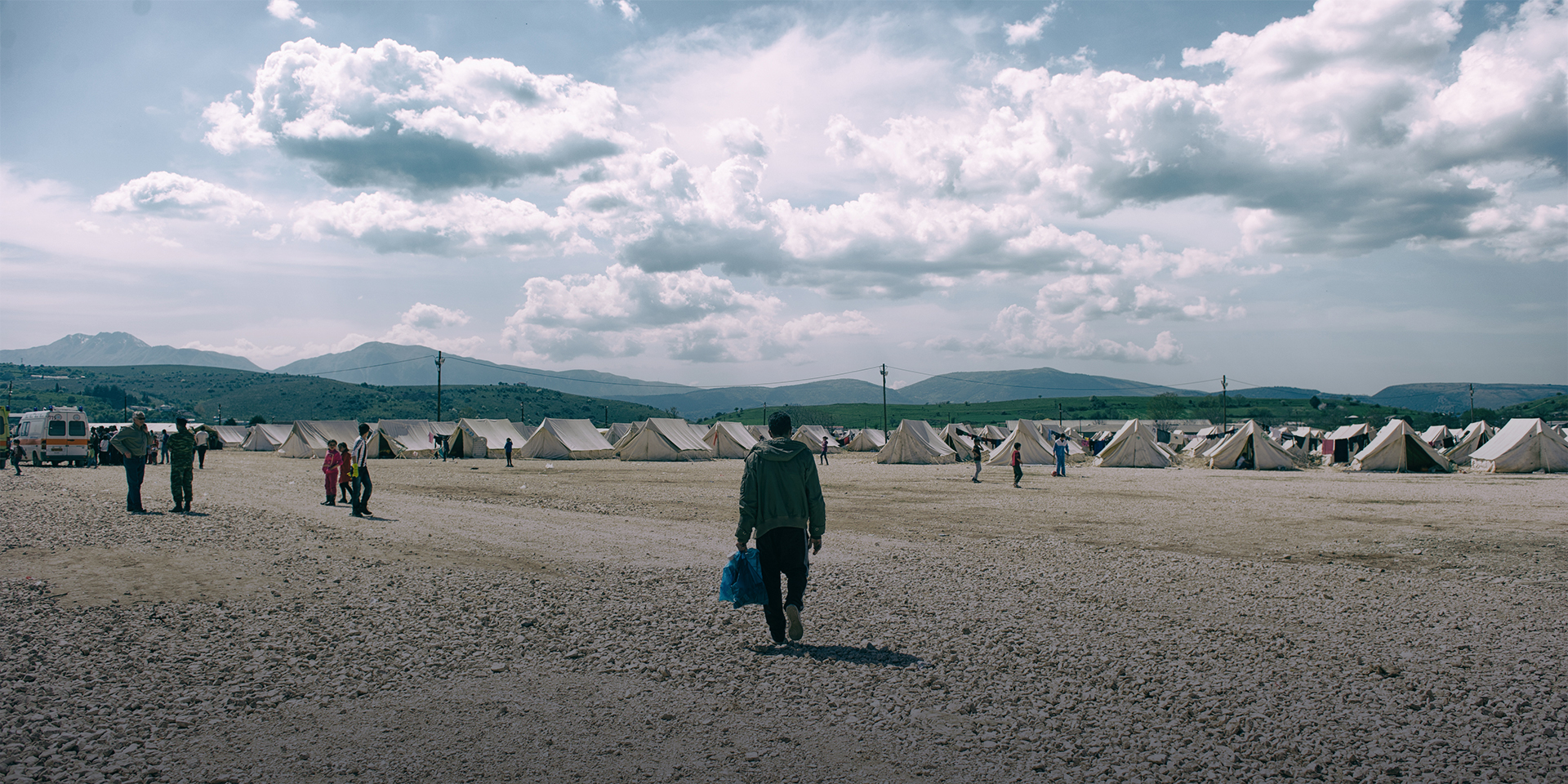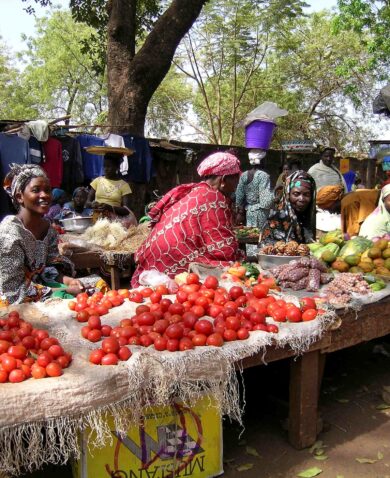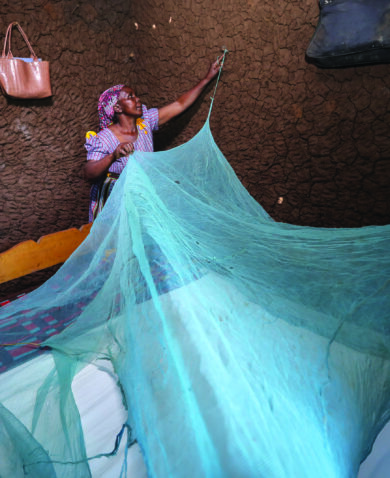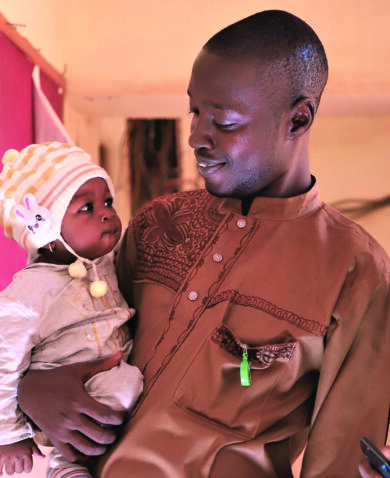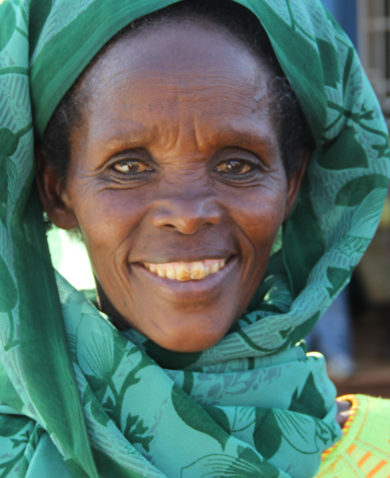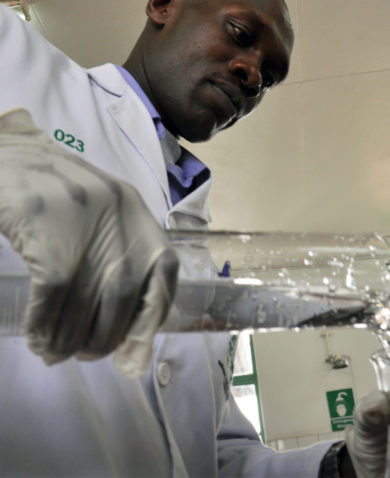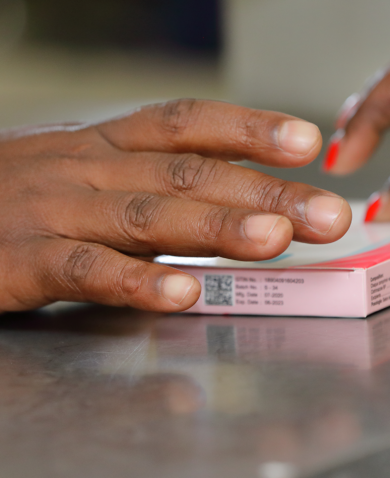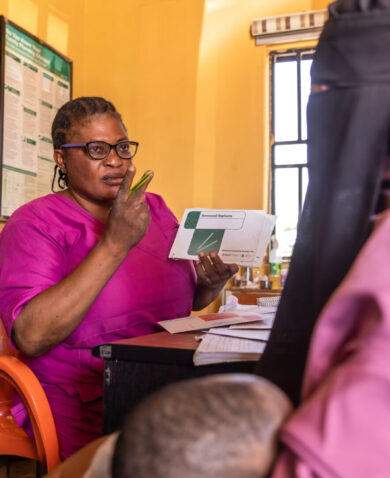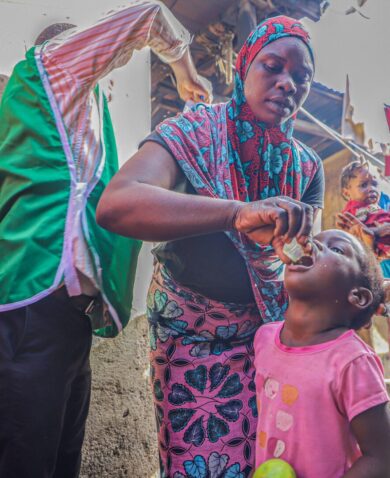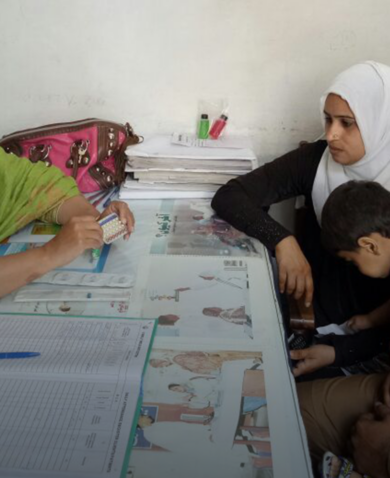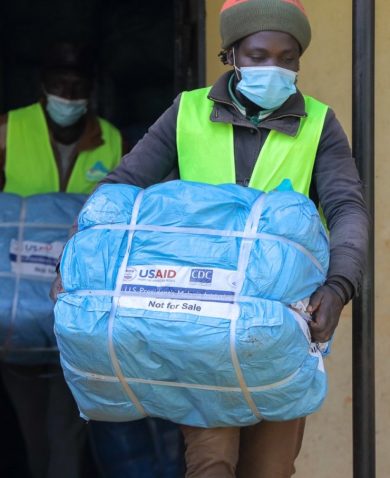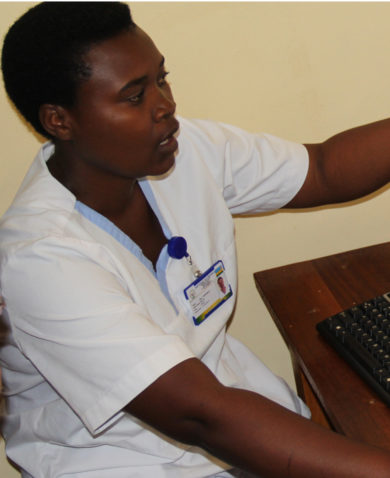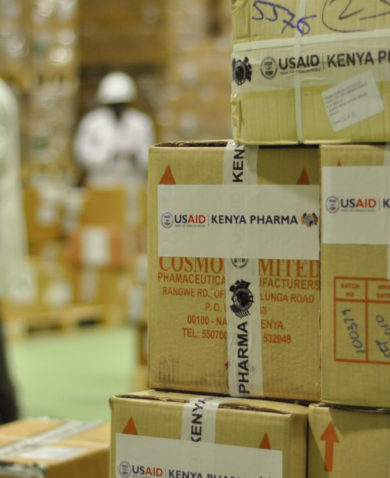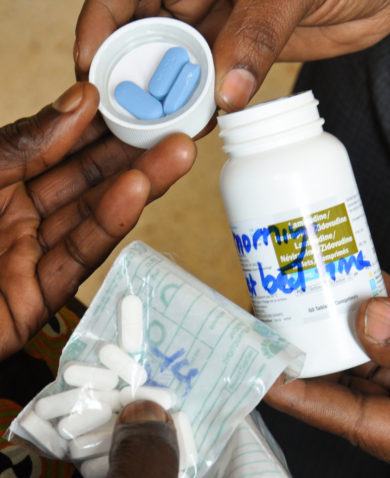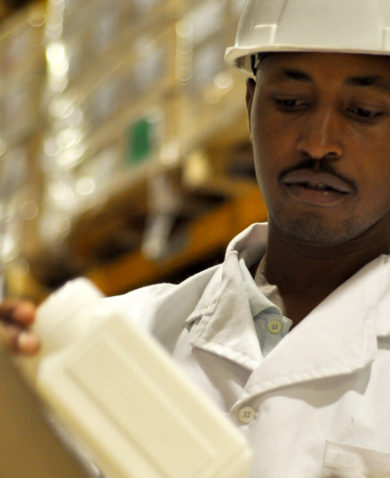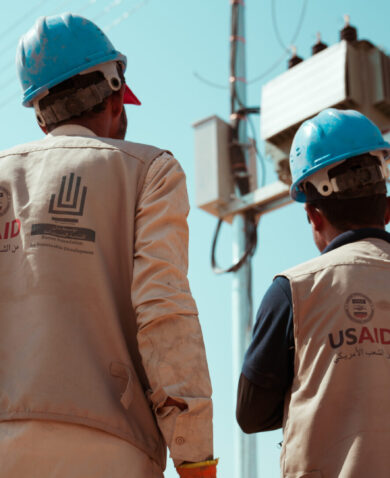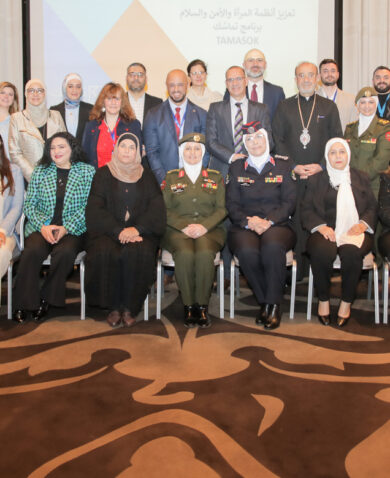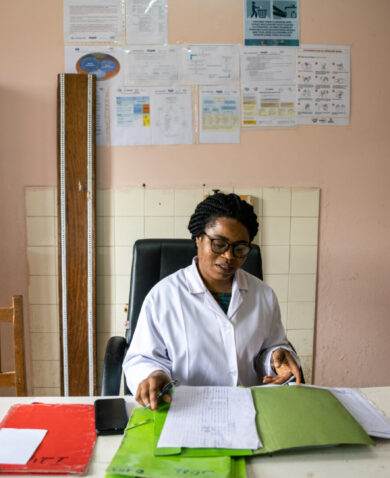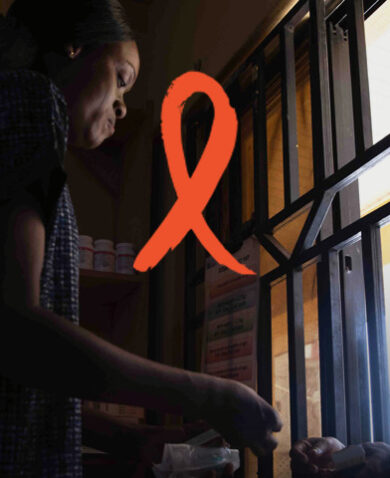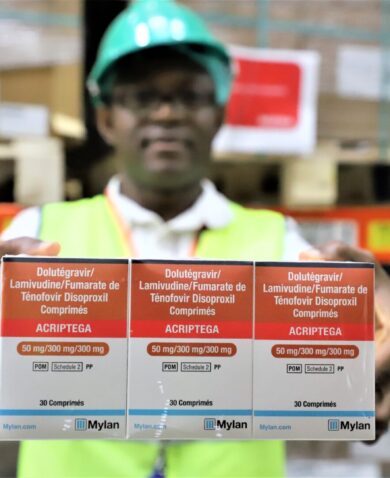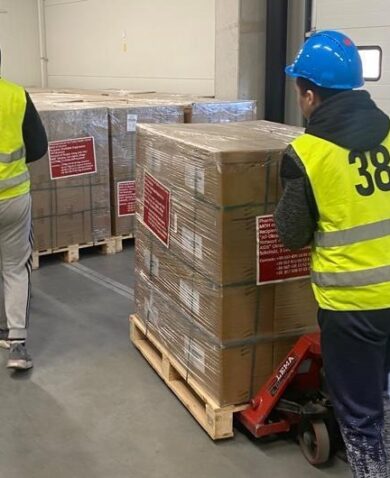A Ticking Time Bomb
The lack of HIV programming in IDP and migrant communities creates a void of HIV awareness within communities. Over time, the threat of this void increases and ultimately, HIV breakouts are inevitable. In fact, just this year, Borno State in Nigeria was faced with an HIV outbreak in several IDP camps, leading to a state emergency. None of these camps were promoting HIV awareness or health activities. The development community is aware of the dearth of HIV programming for migrant communities. Currently, the focus is to view the situation from a human rights perspective, which includes the right to health. Although true, focusing on HIV programming as a subset of the right to health means that tangible results must wait until a more thorough resolution is found.
A Matter of Global Security
In recent months, the focus of global health funding has been to identify the role of health in national security. I believe the best potential area to focus on the issues affecting migrant communities’ access to HIV programming is through the lens of global health security. Two primary characteristics of IDP and migrant communities are that they are 1) fluid and 2) difficult to identify. The fact that this population is continuously moving makes them particularly difficult to track, and they are often left out of census statistics. HIV poses a threat to the socioeconomic security of a state, and as shown, has a negative effect on health and the economy, devastating a country’s development. The goal of 90/90/90 is to ensure 90 percent of all individuals know their status. If migrant communities are not part of this programming, they are less likely to know their status. Failing to account for this population threatens the goal of 90/90/90 and hinders the reduction of HIV transmission rates.
Generally, national and international assistance for HIV programming does not discriminate in the target audience; however, this programming can be caught up in political dialogue, ill-informed donors, and general lack of awareness. Organizations like IOM realize there is a vacuum of programming for these marginalized communities. However, there is also a lack of statistics and awareness surrounding their plight.
What the Development Community Can Do
The global development community needs to better understand and study the plight of IDP and migrant communities in the fight against HIV. There is a lack of statistics on transmission rates, which are difficult to record in transient communities. The international community must utilize targeted research to bolster arguments to host countries and donors that these communities are under-supported and require assistance. Statistics showing the threat this issue has on a nation’s health security would be a viable method. Host governments must do a better job at affirming and publicizing these migrant communities so more accurate analysis can occur. It is apparent that the current situation is in a fragile state and that it threatens to erode the gains made in the battle against HIV/AIDS. By excluding these marginalized communities from health programming, host countries are hindering their total health security profile and potentially hindering their own growth.

